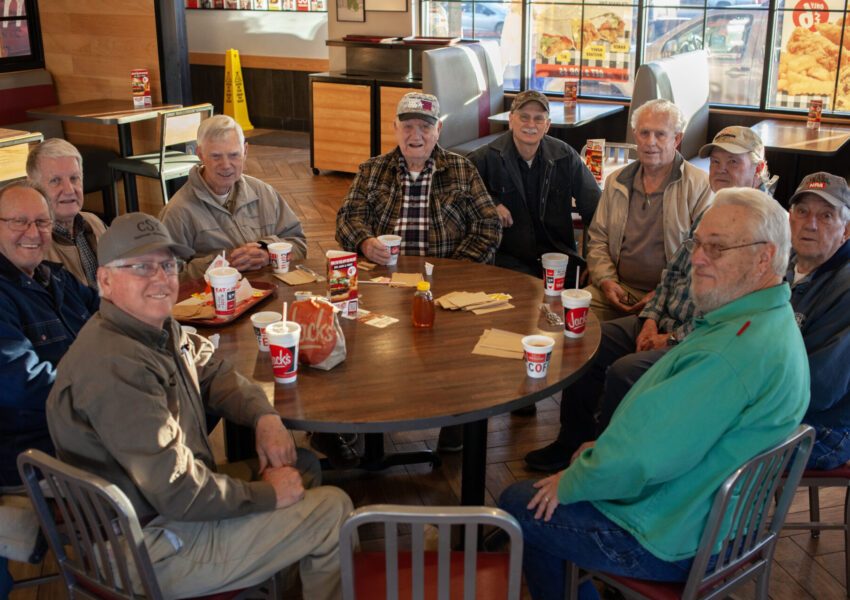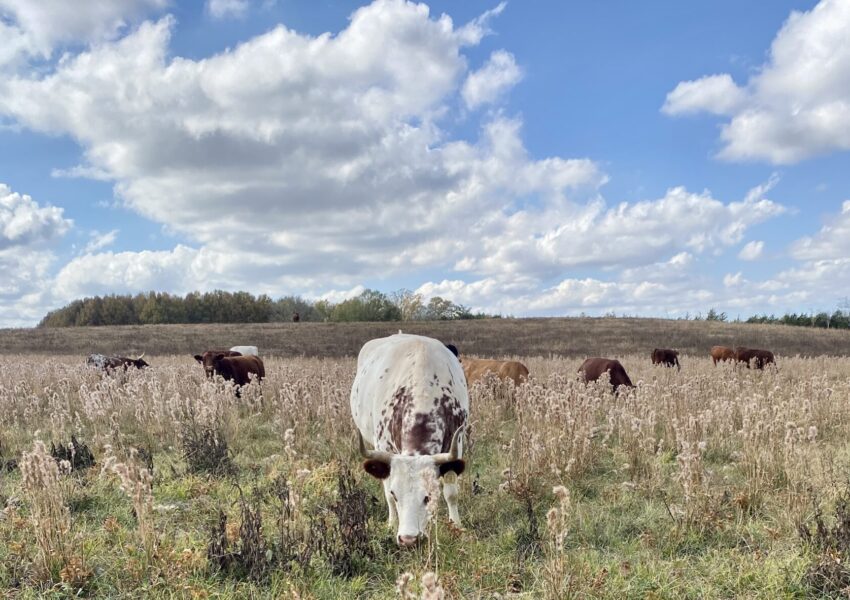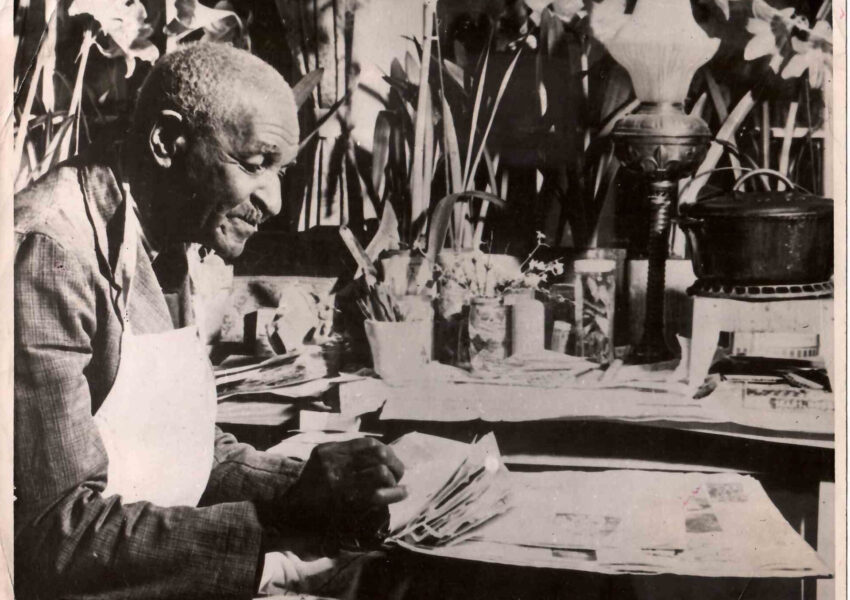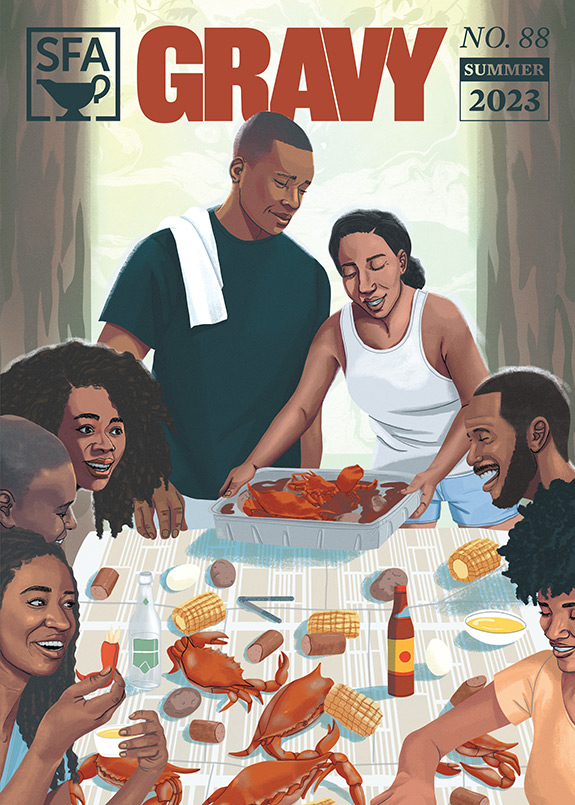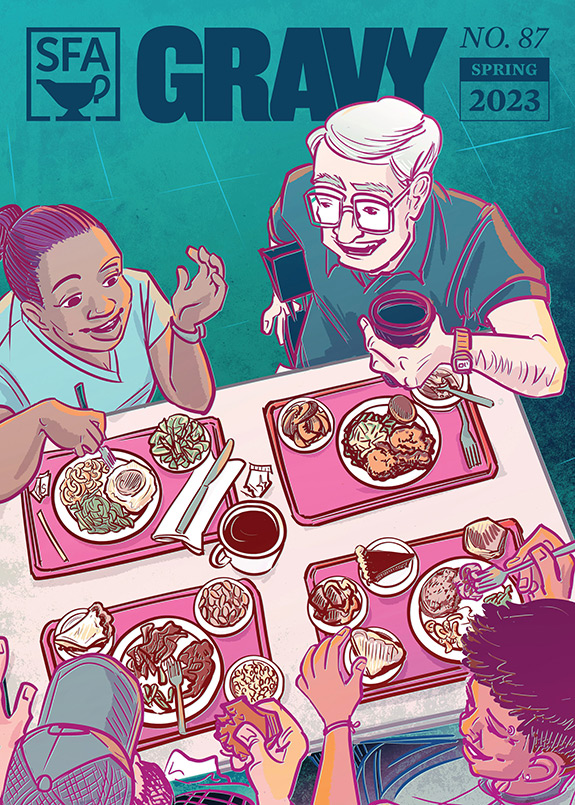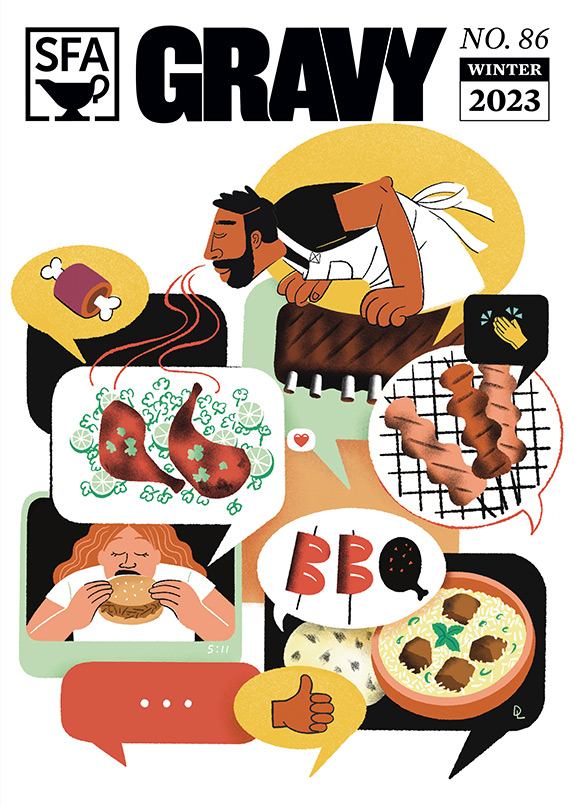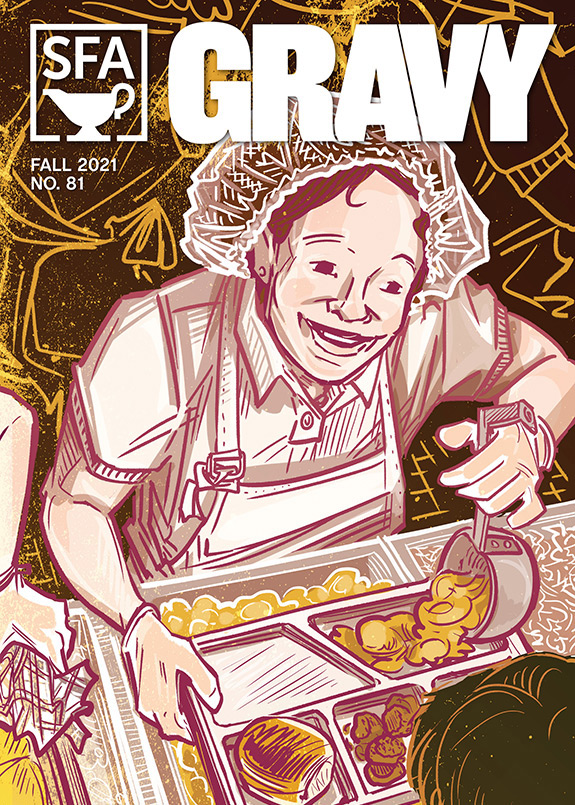The residents of Mossville, Louisiana have long prized self-sufficiency. Founded by freed slaves in the 1700s, Mossville was a place where everyone grew their own fruits and vegetables, caught fish, and hunted. African American families built the town from the ground up, and the land provided so well for them that, even into the 20th century, many didn’t realize they were technically “poor.” And then: the petrochemical industry moved in.
In this episode of Gravy, we tell the story of Mossville, its gardens and fisheries, and the uneasy relationship that’s evolved between residents and industry.
Our partners in the production of this episode are a group of documentarians at work on a film and interactive website called the Mossville Project.
You can get a sense of what they’re building here:
Mossville – Intro from Big Charity on Vimeo.
The report prepared by scientist Wilma Subra connecting the dots between health problems reported by residents and chemicals from Mossville-area industrial facilities is here.

You can read a report on the various contaminants Mossville residents have been exposed to (prepared by the community group MEAN–Mossville Environmental Action Now– and its partners) here.

The Lake Area Industry Alliance—which is supported by area refineries and plants—is here.


